Miryang Eoreumgol Valley (밀양 얼음골)
7.6 Km 67392 2020-08-25
1647, Sannae-ro, Miryang-si, Gyeongsangnam-do
+82-55-356-5640
Just north of Jaeyaksan Mountain, Eoreumgol Valley (Ice Valley) sits at an elevation between 600 and 750 meters and covers an area of 29,752m². Designated as Natural Monument No. 224, the valley is unusual in that it begins to freeze in March when the weather becomes warm and thaws in the fall when the weather becomes cold. In the winter, the valley generates warm breezes and the water rarely freezes. Because of these unique attributes, the valley is considered one of the Four Mysteries in Miryang and attracts visitors from early summer through fall.
Hobaksogyegok Valley (호박소계곡)
7.8 Km 45170 2020-07-10
334-1, Eoreumgol-ro, Miryang-si, Gyeongsangnam-do
+82-55-359-5361
Hobaksogyegok Valley is located within Gajisan Mountain approximately 3 kilometers away from Eoreumgol Valley in Jaeyaksan Mountain, where the water originates. The valley offers beautiful surroundings and clear water developed over the years. Hobakso Pond, shape like a grain-grinding tool, is located at the base of a 10-meter-high waterfall. With a circumference of 30 meters, the pond is also called Sirye Hobakso Pond, Guyeongpokpo Falls, and Baengnyeonpokpo Falls. In the past, the pond was a spiritual place where people would pray for rain. Surrounded by white granite rocks, the area is a scenic place of natural beauty, free from pollution. Visitors can also look around nearby Baengnyeonsa Temple, Hyeongjeso Pond and Ocheonpyeong Rock.
Seongnamsa Temple (석남사 울산)
7.8 Km 19404 2020-03-17
557, Seongnam-ro, Ulju-gun, Ulsan
+82-52-264-8900
The name of the temple is believed to have originated from the fact that it is located south of Gajisan Mountain or Seokansan Mountain. Built in 824 A.D. (during the 16th year of King Heondeok’s reign), the temple was destroyed during the Japanese Invasions of Korea (1592-1598) and rebuilt in 1674 (during the 15th year of King Hyeongjong’s reign). Since then, it has gone through rebuilding several times. Consisting of 30 buildings, the temple is home to many Buddhist nuns.
Seongnamsa Three Story Pagoda (Local Tangible Cultural Property No. 5) was built in 824 A.D. by Monk Doui, reflecting his wish of protecting the country from foreign invasions. The pagoda was initially placed in front of Daeungjeon, but moved to the current location in 1973. Other notable relics in the temple include the Statue of Monk Doui (National Treasure No. 369), Three Story Sarira Pagoda, and Stone Water Tank (Cultural Property Material No. 4).
Ever Miracle Hotel [Korea Quality]에버미라클호텔[한국관광 품질인증]
7.9 Km 0 2023-05-23
358-9, Eoreumgoryet-gil, Miryang-si, Gyeongsangnam-do
+82-55-351-0100
Ever Miracle Hotel in Miryang, Gyeongsangnam-do, provides guests with a sojourn that rests and relaxes both body and mind. Visitors are welcome to stop and enjoy a healthy meal and some down-time from their busy lives.
Gajisan Provincial Park (Miryang Section) (가지산도립공원(밀양))
8.2 Km 11782 2021-05-31
Sannae-myeon, Miryang-si, Gyeongsangnam-do
+82-55-359-5357
Situated 1,240 meters above sea level, Gajisan Mountain is famous for its beautiful stones and rocky peaks. There are a variety of things to see on the mountain besides the beautiful stones. In fall, the pampas grass provides a spectacular sight as the whole mountain peak is covered in autumn colors. The mountain attracts many hikers wanting to see oddly-shaped rocks like the famous Ssalbawi Rock.
Vanastha (Healing in Ulju) (와나스타(울주에서 치유하다))
9.0 Km 0 2024-01-10
207 Daeam 1-gil, Eonyang-eup, Ulju-gun, Ulsan
Vanastha, located in the forest inside Daeam Dam in Ulju-gun, is a forest yoga house that means "stay in the forest." For modern people who lack time to look back on their bodies in their tired daily lives, it provides time to fully focus on themselves with proper breathing, meditation, and Hatha yoga. Here, one can hear the sounds of nature, feel nature, and experience of becoming one with nature and the universe, only in nature. It offers a one-day class and a yoga meditation program on Saturday mornings. Private session option is available for a group of four or more people with a reservation in advance.
Miryang Pyochungsa Temple (표충사 (밀양))
9.9 Km 10512 2022-09-16
1338, Pyochung-ro, Miryang-si, Gyeongsangnam-do
+82-55-352-1150
Pyochungsa Temple is located at the base of Jaeyaksan Mountain, 20 kilometers east of Miryang. The temple was originally founded by Monk Wonhyo in the 1st year of King Muyeol in Silla period under the name Junnimgsa Temple, then expanded and renamed by a monk from India in the fourth year of King Heungdeok’s reign of the Silla period. Nearby attractions include Cheungcheungpokpo Falls, Geumgangpokpo Falls, and Eoreumgol Ice Valley, as well as Sajapyeong Plain at the ridge of the mountain.
Unmunsan County Park (운문산군립공원)
10.2 Km 22506 2022-09-06
Unmun-myeon, Cheongdo-gun, Gyeongsangbuk-do
+82-54-370-6114
Unmunsan Mountain (1,118 meters) is one of the seven mountains rising over 1,000 meters above sea level in the Yeongnam Alps in the Taebaeksanmaek Mountain Range. Unmunsan Mountain features dense groves, attracting a large number of hikers. From the summit, one can get a great view of the golden reeds on Cheonhwangsan Mountain to the south, and the ridges of Gajisan Mountain to the east.
There are various sized temples and hermitages on the mountain, nestled among a splendid landscape. Unmunsa Temple is situated at the foot of the mountain on the northern side. It was built by Sinseung in the 18th year of the reign of King Jinheung (557) of the Silla Kingdom. Though some buildings burned down during the Imjin War, the Obaengnahanjeon Hall and Gwaneumjeon Hall have been preserved in their original state. The dense groves of pine trees and fir trees add to the tranquility of the beautiful scenery. In the temple, seven treasures are kept, including the Stone Lantern at Geumdang Hall (Treasure). The historic relics date back to the Silla kingdom and Goryeo dynasty.
Jaeyaksan Mountain (재약산)
10.3 Km 16591 2021-05-25
Gucheon-ri, Miryang-si, Gyeongsangnam-do
+82-55-352-1150
Situated between Miryang and Ulju, Jaeyaksan Mountain (1,119.1 meters) boasts gorgeous landscapes with giant rock formations near its peak. One of the most popular attractions of the mountain is Sajapyeong Plain and its vast field of silvergrass. The hiking course is relatively easy, adding to its charm. Nearby attractions include Eoreumgol Valley, Hobakso Pool, Pyochungsa Temple, Cheungcheungpokpo Falls, and Geumgangpokpo Falls.
Ulsan Petroglyph Museum (울산암각화박물관)
10.8 Km 34628 2021-02-22
254, Bangudaean-gil, Ulju-gun, Ulsan
+82-52-229-4797
Ulsan Petroglyph Museum was established on May 30, 2008 at the entrance to Petroglyphs of Bangudae Terrace (National Treasure No. 285) in Ulju-gun. The museum displays 311 exhibit materials and has an exhibition hall, a storage room, a research lab, and an audiovisual room.
The exhibition hall presents models of petroglyphs of Bangudae and petroglyphs of Cheonjeon-ri (National Treasure No. 147), an educational video introducing the petroglyphs, a children’s hall, and family activity facilities. Visitors can observe reproductions of famous petroglyphs at the outdoor exhibit.
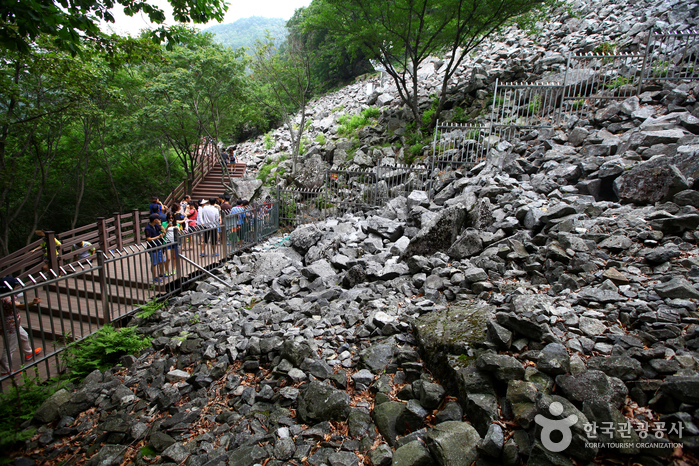
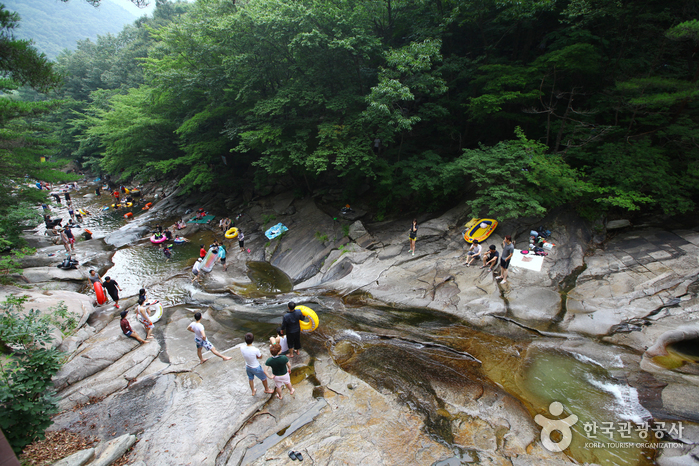
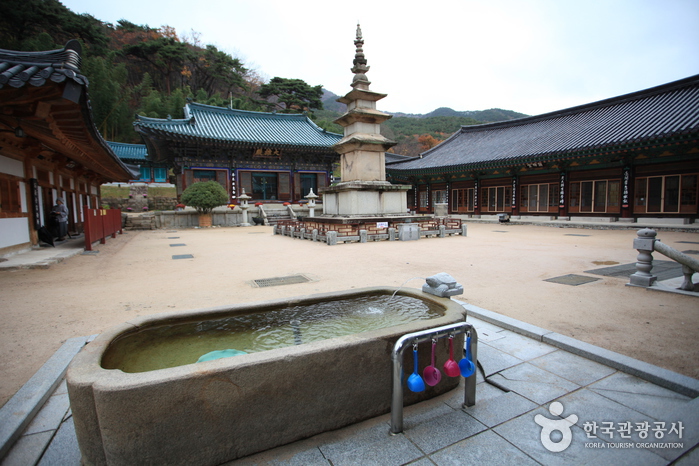
![Ever Miracle Hotel [Korea Quality]에버미라클호텔[한국관광 품질인증]](http://tong.visitkorea.or.kr/cms/resource/06/2801906_image2_1.jpg)
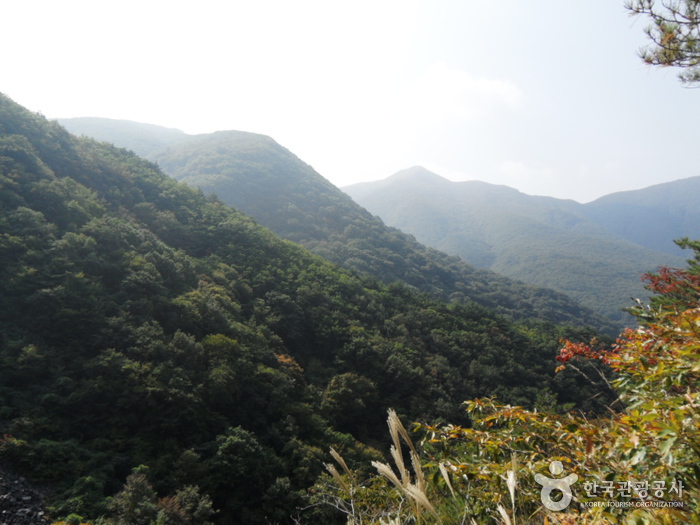
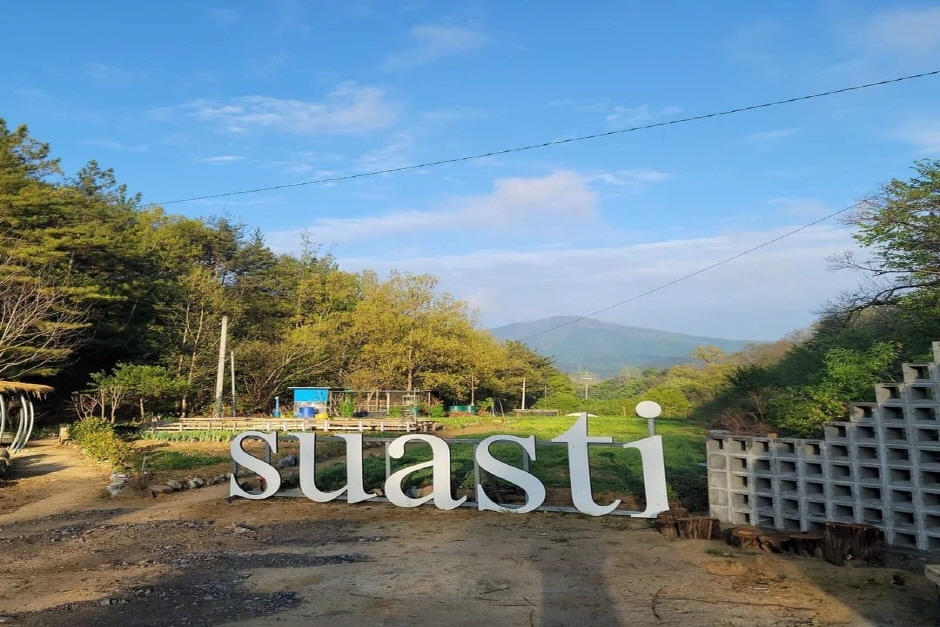
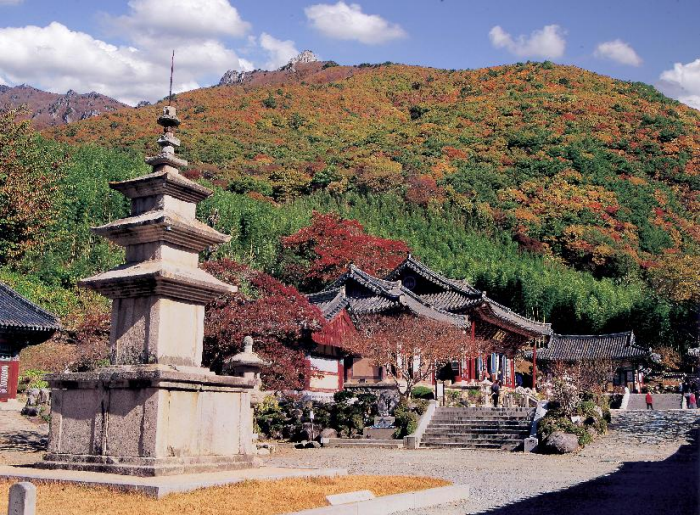
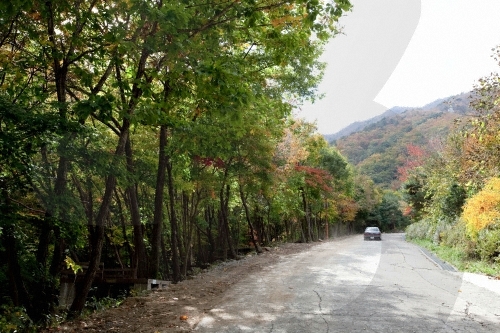
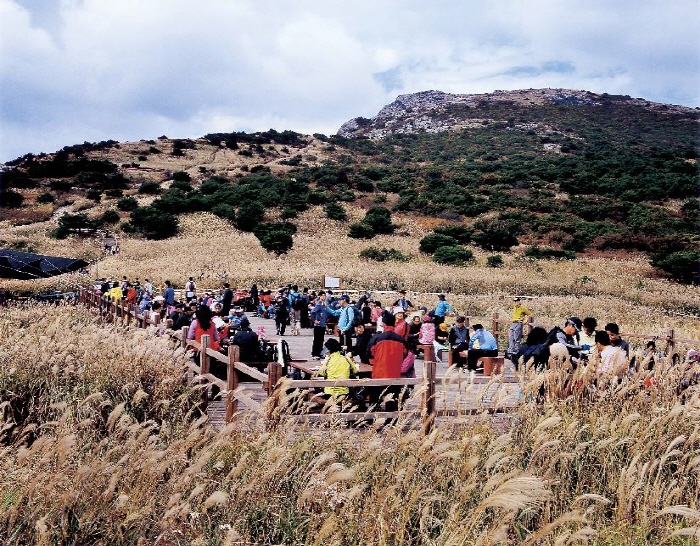
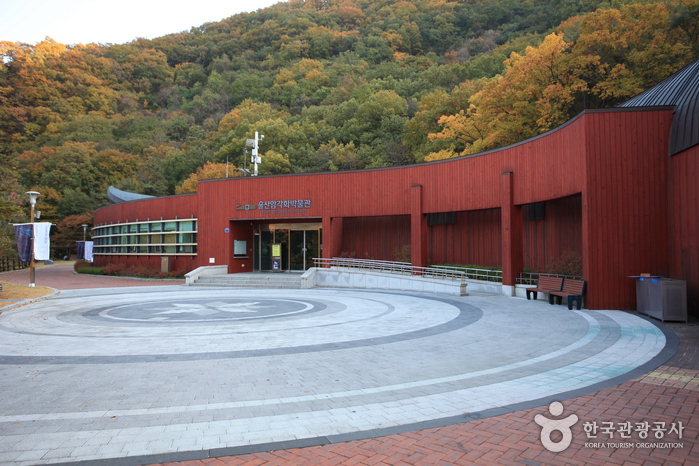
 English
English
 한국어
한국어 日本語
日本語 中文(简体)
中文(简体) Deutsch
Deutsch Français
Français Español
Español Русский
Русский